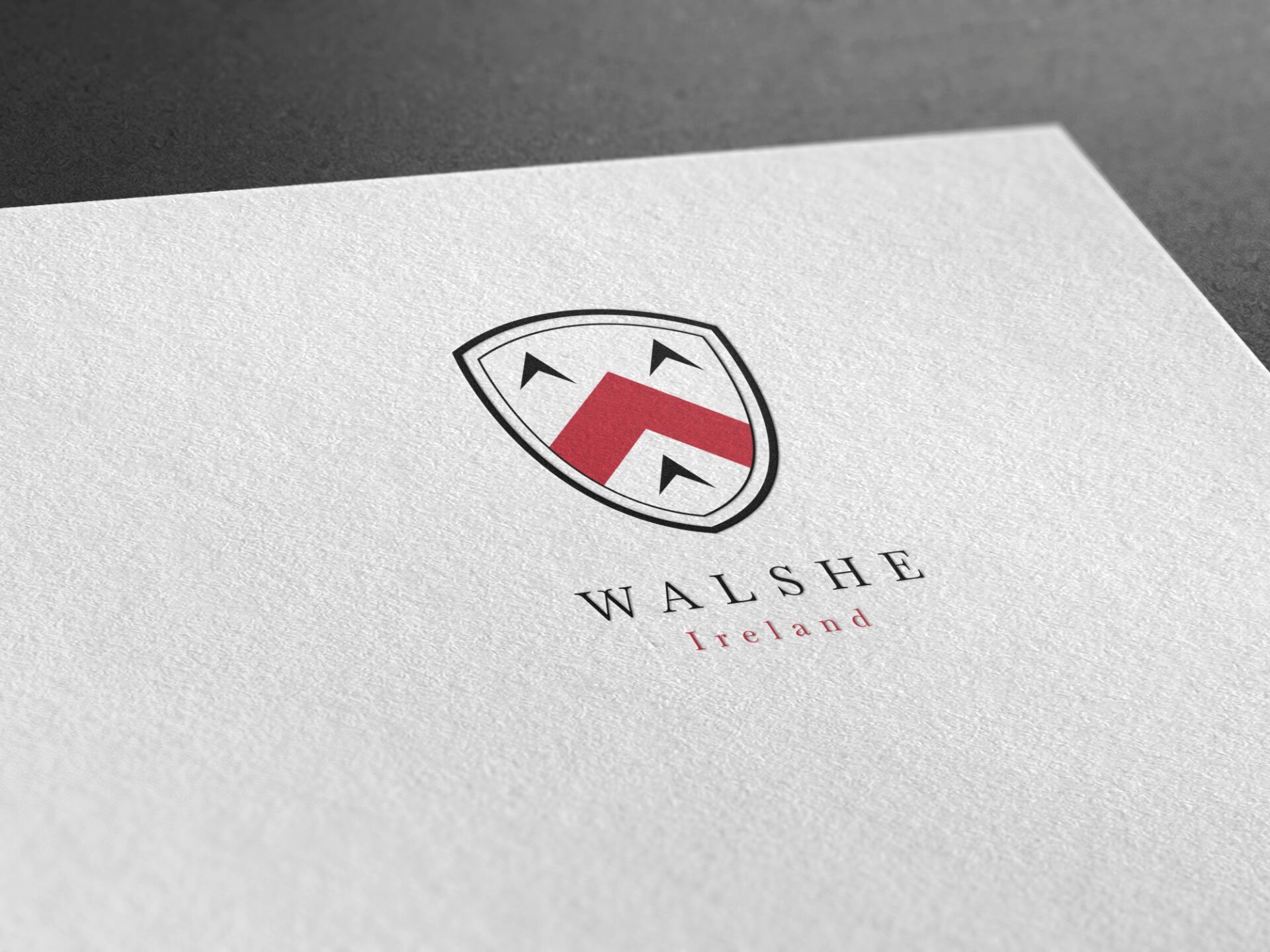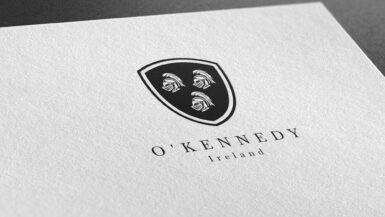The Walshe surname, with its variants Walsh, Welsh, and occasionally Welshe, stands as one of Ireland’s most storied and numerous family names. Rooted deeply in the country’s Norman and Gaelic heritage, the name ‘Walshe’ encapsulates a complex history of migration, settlement, and cultural integration. This article explores the origins, spread, and historical significance of the Walshe family name from an Irish perspective.
Origins of the Name
The surname Walshe originates from the Old English term ‘wælisc,’ which translates to ‘foreign’ or ‘Welsh.’ This designation was first applied to the Celtic-speaking people from Wales. In the aftermath of the Norman invasion of Ireland, led by figures like Strongbow in the late 12th century, the name was brought to Irish shores by Welsh-Norman settlers. These settlers were often referred to as ‘Breathnach,’ a Gaelic word meaning ‘Briton’ or ‘Welshman,’ which also influenced the Irish translations and variations of the surname.
Early Settlements
The earliest records of the Walshe name in Ireland date back to the 1170s, shortly after the arrival of Norman forces. The family established roots primarily in the southeastern regions of Ireland, notably in Counties Kilkenny, Waterford, and Wexford. Here, the Walshes often found themselves as landed gentry or minor nobility, a testament to their integration into the feudal and social structures of medieval Ireland.
Cultural Integration
Despite their foreign origins, the Walshes integrated into Irish society, meshing Norman naming traditions with existing Gaelic customs. Over time, the Walshes in Ireland diverged significantly from their Welsh counterparts, absorbing Irish language and customs and becoming indistinguishable from native Gaelic families. This integration is reflected in the numerous Irish records from the medieval period onward, detailing the contributions of Walsh individuals to local and national history.
Historical Contributions
The Walshes have been prominent in various spheres of Irish life throughout history. Notable individuals include the Right Reverend Nicholas Walsh, a 16th-century Bishop of Waterford who is credited with introducing the Irish type to printing in Ireland. Another significant figure was James Walsh of Ballynacooly in Kilkenny, who commanded the ship that carried James II to France following the Battle of the Boyne in 1690.
Distribution and Variants
Today, Walsh remains one of the five most common surnames in Ireland, with significant populations in Connacht (particularly in Mayo and Galway) and in Munster. The name is sometimes Anglicized as ‘Welsh’ or transformed to ‘Brannagh,’ particularly in regions like County Antrim.
Modern Legacy
The modern era has seen Walshes continue to contribute significantly to Irish culture and society. Figures such as Thomas J. Walsh, founder of the Wexford Festival Opera, and Maurice Walsh, whose short story inspired the film “The Quiet Man,” highlight the continued cultural impact of the Walsh family. In religious and academic circles, individuals like John Walsh, the first Catholic Archbishop of Toronto, and Edward Walsh, the founder of Limerick University, have carried forward the Walsh legacy of leadership and innovation.
Family Coat of Arms

The Walshe family crest is a heraldic emblem that combines simplicity with deep symbolism, effectively representing the family’s values and historical identity. The crest features a white background, known in heraldry as argent, which traditionally symbolizes purity, innocence, peace, and sincerity. This choice of background sets a noble and virtuous tone for the crest, emphasizing the family’s commitment to these principles.
Dominating the center of the shield is a red chevron. In heraldry, the chevron is a symbol of protection and is often awarded to those who have accomplished a noteworthy deed or who have participated in important military campaigns. The color red, known as gules, is associated with warrior-like qualities such as bravery, strength, and valor. This element suggests a history of military involvement or leadership, underlining the family’s readiness to act courageously.
Above and below the chevron are three black arrows pointing upwards. Arrows are common symbols in heraldry representing readiness for battle and the swift pursuit of an objective. They can also signify military readiness and defense. The color black, or sable, often represents constancy, wisdom, and sometimes grief, suggesting the family’s enduring nature and resilience through challenges. The orientation of the arrows, pointing upwards, implies a positive and ambitious outlook, symbolizing the family’s aspirations to rise above adversity.
Collectively, the elements of the Walshe family crest — the white background, the red chevron, and the three black arrows — create a compelling visual narrative. This narrative highlights a legacy characterized by purity, courageous action, and a steadfast commitment to protecting and achieving high ideals. The Walshe family crest serves not only as a symbol of their historical identity but also as a badge of their enduring virtues and achievements.






Leave a reply